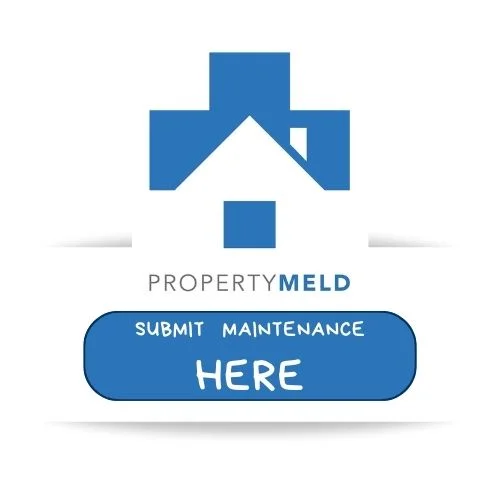Maintanance


Any maintenance issue that could potentially cause injury, serious property damage, or a threat to health and safety is an emergency. Here are some examples:
- Broken Water Lines or Frozen Pipes
- Flooding
- Fire
- Broken Door or Lock You Cannot Secure
- Gas Leak or Broken Gas Line
- Sewer Back-up and Flood
- No Heat in Winter
- Electrical Issues
- Water Emergencies
- No functioning toilet
- Leaking Roof
- Carbon Monoxide Detection
- Extended Power Outage
When an issue does not pose an immediate threat to health, safety, or property, it is not an emergency.
The following items should still be reported as maintenance requests during normal business hours.
- Burnt Out Lightbulbs or Fixture in common areas (tenants are responsible for light bulbs in unit)
- Appliance Malfunction
- No Hot Water
- Ice Maker is Broken
- No Air Conditioning, if unit is equipped
- No Heat (if the outside temperature is below 50 degrees)
- Noise Complaints
- Parking Disputes
- Minor Leaks
- Locked out of your apartment
- Power outage
Troubleshooting (Please try before submitting a Meld)
Before submitting a maintenance request for a light not working, change the light bulb. Per the tenant’s lease agreement, they are responsible for light bulbs. If after changing out the bulb the light still is not working, check to make sure the breaker wasn’t tripped. If the light is still not functioning, please submit a Meld. The tenant will be responsible for any service call resulting in a light bulb change out.
- First, make sure that the furnace is turned on to heat.
- Change out the batteries in your thermostat.
- Check the settings to make sure it is not in the wrong mode. ***If you’re not sure how to work your thermostat, YouTube offers many helpful videos.
- If you confirmed the above is good and the heat still won’t come on, please submit a Meld. Make sure to have a heater going in a safe place while a service tech gets to you.
This is not considered an emergency.
- Make sure that the thermostat is in the right setting.
- Change out thermostat batteries if you haven’t done so in the past year.
- Check the breaker to make sure it was not tripped.
Please submit a Meld after performing these troubleshooting tips.
- Check to make sure that the thermostat on the water heater is between 120 to 140 degrees Fahrenheit .
- Check the pilot light.
- If it is not lit, please report the finding in your Meld that you put in.
- Check the breaker box
If still no resolve, please submit a Meld.
- Please make sure to first go throughout the entire unit (not just the affected room) and reset all GCFI outlets.
- Check the breaker to see if any were popped.
- Submit Meld after troubleshooting.
Located behind the toilet is a water shut-off valve. immediately shut off the water to the toilet.
Become familiar with where your main water shut-off valve is. If the water needs to be turned off due to a broken pipe, overflowing sink, or tub shut off the main water valve immediately.
